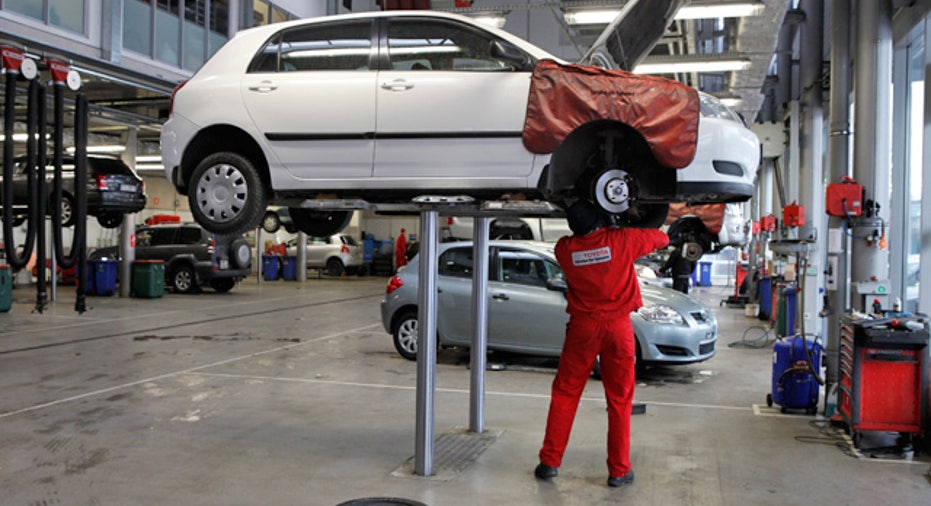How to Spot a Flood-Damaged Car

Car shoppers should beware of new and used cars that were damaged in the floods that followed Hurricane Irene, even if they are shopping in a state that didn't experience flooding. Car buyers face a host of mechanical problems associated with flood-damaged cars, which can appear months later, not to mention a drop of 20% to 70% in the car's value.
No one knows yet exactly how many flood-damaged cars will surface as a result of Hurricane Irene, but in the wake of Hurricane Katrina there were more than a half-million cars affected, according to vehicle-history reporting service Carfax.
What's worse, sometimes owners or the middlemen who buy these cars aren't upfront about the damage. Flood-damaged cars often are transferred to states far away from those hit by flooding. The car gets re-titled to hide the damage in what is often called "title washing."
Vehicle pricing experts agree a flood-damaged car is worth less than its "clean" counterpart, but exactly how much is debated. Richard Arca, an analyst for Edmunds.com, says flood-damaged cars could sell for 20% to 40% less, depending on the demand for the car. TrueCar.com's Jess Toprak, vice president of industry trends, says the sale price of a flood-damaged car decreases by 40% to 70% from the regular price. Even worse, Alec Gutierrez, manager of vehicle valuation for Kelley Blue Book, says, "A vehicle with flood damage is considered in poor condition and thus not given a value."
Shoppers can check the car's history through VINCheck, a free database maintained by the National Insurance Crime Bureau. It notes cars with flood damage, salvage titles or that have been stolen but not recovered. More detailed information is available through a vehicle history report, which car shoppers can purchase online (do a search for "vehicle history report" to get a list of companies) or will sometimes be provided for free by the car dealer.
Car shoppers also should pay close attention to the car itself, and look for signs of flood damage. Flood-damaged cars often smell musty or moldy, especially when the climate-control fans are blowing air. There may be dirt or small bits of debris stuck in unusual places, such as high on carpet in the footwells or along the rails where the seat slides. Sometimes a dark line appears in the engine compartment, showing where the water line was on the car.
Even if a seller is upfront about a car's flood damage, car shoppers should still be wary. Mechanical and electrical problems that are a result of the flood damage can appear months later, possibly leaving the new owner with a hefty repair bill. If you do decide to knowingly buy a car with flood damage, consider asking the seller to pay for an extended warranty that will cover future problems, to reduce the sales price by at least 20% or both.
Bankrate's content, including the guidance of its advice-and-expert columns and this website, is intended only to assist you with financial decisions. The content is broad in scope and does not consider your personal financial situation. Bankrate recommends that you seek the advice of advisers who are fully aware of your individual circumstances before making any final decisions or implementing any financial strategy. Please remember that your use of this website is governed by Bankrate's Terms of Use.